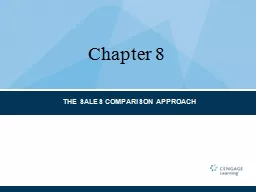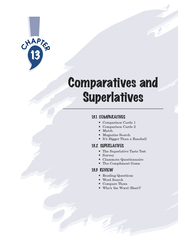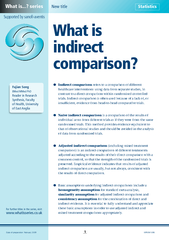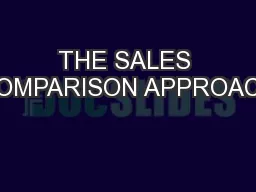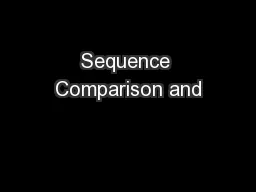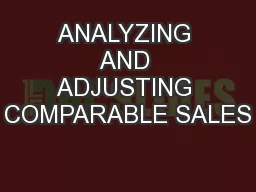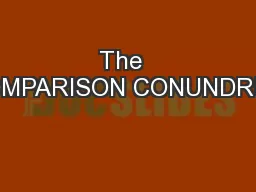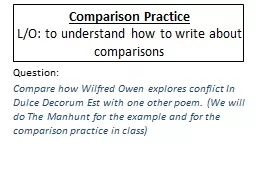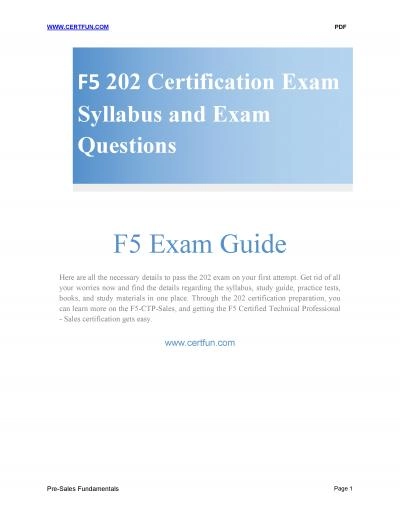PPT-THE SALES COMPARISON APPROACH
Author : giovanna-bartolotta | Published Date : 2017-11-13
Chapter 8 CHAPTER TERMS AND CONCEPTS Adjustment techniques Assessment Roll Bracketing Buyer s motives Central tendency Comparable sale Comparable sale search area
Presentation Embed Code
Download Presentation
Download Presentation The PPT/PDF document "THE SALES COMPARISON APPROACH" is the property of its rightful owner. Permission is granted to download and print the materials on this website for personal, non-commercial use only, and to display it on your personal computer provided you do not modify the materials and that you retain all copyright notices contained in the materials. By downloading content from our website, you accept the terms of this agreement.
THE SALES COMPARISON APPROACH: Transcript
Download Rules Of Document
"THE SALES COMPARISON APPROACH"The content belongs to its owner. You may download and print it for personal use, without modification, and keep all copyright notices. By downloading, you agree to these terms.
Related Documents

